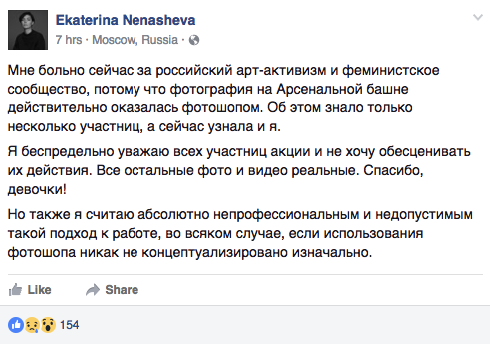It turns out the average MIT student doesn’t overload on courses as much as one might expect.
Spending time on campus or browsing MIT Confessions, however, might give you the wrong impression.
“I hear a lot of bragging… ‘Why would anyone take less than 48 units?’”
#1646 I wish I could say the depression and anxiety so frequently found here were entirely the fault of MIT's high…
由 MIT Confessions 发布于 2015年3月9日
“I’m only taking 54 units this semester with no clubs or other obligations and I’m already finding it hard to keep up.”
#1395 I'm only taking 54 units this semester with no clubs or other obligations and I'm already finding it hard to keep…
由 MIT Confessions 发布于 2014年10月1日
I had a friend who took over 100 units in a semester. According to MIT standards, that’s equivalent to over 100 hours of work a week just on classes.
Yet, many of the most ambitious students at MIT have decided on a different path: take a small number of classes — 3 to 4 — and then push yourself to your limits in extracurriculars. This is similarly brag-able, but might yield better opportunities for one’s future than overloading on classes.
One successful alum, a professor of Cognitive Science at UC San Diego, even proposes capping the number of classes an undergraduate can take. Guo never took more than 48 units in a semester himself.
The data is clear: it’s a myth that most MIT undergrads are taking over 5 classes and overloading on academics. It’s just not true.
“The median MIT student takes four classes per semester, which means most people walk around taking 48 units,” writes Danny B.D. ’15 on the MIT Admissions Blog.
A analysis I did for this blog post provides a rough estimate for the average number of classes: 5. As one might expect, this is larger than the median of 4 because both public discourse and the numbers are skewed by a few at the top.
But perhaps more convincing than the numbers are the testimonials of those who ventured into taking six or more classes themselves.
Holden Lee took 8 classes (18.101, 18.152, 18.705, 18.712, 18.725, 18.784, 18.901, and Chinese 3) in his sophomore year. After describing this experience on Quora, he writes: “I wouldn’t recommend taking so many classes under any circumstances. While I survived the semester fine, it was a process of gradual burnout.”
“I’d blocked out almost everything else that semester to focus on work, but found there are little voices in my head that don’t want to be ignored. I liked to write stories, and never had time to pursue it seriously. I thought about that poem, ‘Dream deferred.’”
Matt Hodel writes similarly of his experience taking 6 classes in a semester: “I’m a sophomore who took 6 classes last semester and failed miserably at pulling it off.” He describes falling into periods of depression throughout the semester.
His parting advice? “So I won’t say to never take 6 classes at MIT, or at college in general for that matter. Lots of people do it and many of them can handle it. Just think long and hard about how much you can handle and what your priorities are before making that decision.”
Those who do display more moderation in course loads have seen great results. In Danny’s blog post, Below 48, he describes how taking 3½ classes allowed him to pursue side projects he had been wanting to for a while, “breathe a bit more”, and spend more time with friends.
Guo, the professor who considered capping the number of units at MIT, thinks his taking few classes may have even increased his job opportunities. His employers never cared about how many classes he had taken. His resume only lists his GPA. By having more free time, Guo thinks students can develop “deep expertise” and work on research that will differentiate them from other students.
~~~
Appendix: Analysis for finding the mean number of classes taken by an MIT student
MIT doesn’t publicly release this information, or even the mean class size. They do, however, release a distribution of class sizes.
Fall 2015’s distribution is as follows:

I used this discrete distribution to estimate a continuous exponential distribution, which served as a decent model for the data.

I then wanted to find the number of student-classes (summing over the number of classes that each student takes). To do this, I computed the following integral with Wolfram Alpha:
![]()
Dividing the number of student-classes by students (~4500), we obtain an estimate for the average number of classes each student takes: 5.07.
















 Kate Cahill’s interest in art, design and architecture drove her across the globe to study the interactions between society and urban infrastructure.
Kate Cahill’s interest in art, design and architecture drove her across the globe to study the interactions between society and urban infrastructure.